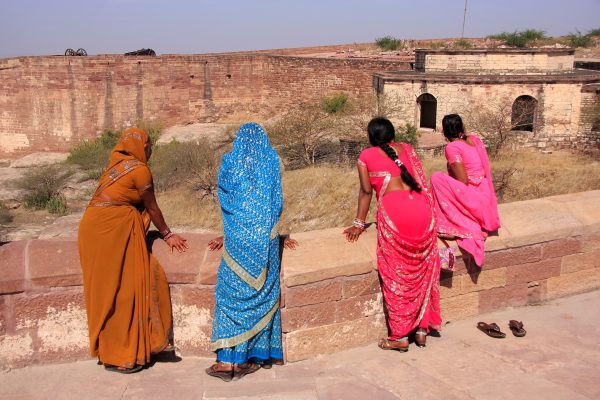Despite national initiatives to improve menstrual health and hygiene (MHH), significant regional disparities persist across India, particularly in central, eastern, and northeastern regions.
The National Family Health Survey-5 (NFHS-5) indicates that only 27.7% of young women aged 15-24 have access to adequate MHH resources, including safe period products, clean water, soap, and private sanitation facilities. This statistic conceals stark regional variations: access ranges from a mere 2.3% in Assam’s Karimganj district to 89.4% in Mizoram’s Champhai district.
Period poverty extends beyond the affordability of menstrual products; it encompasses the lack of essential water, sanitation, and hygiene (WASH) infrastructure, accurate information, and a supportive environment free from stigma. Women in rural areas, low-income communities, and marginalized groups disproportionately experience this multifaceted poverty, exacerbating existing social and economic inequalities.
To achieve true menstrual equity, experts advocate for geographically targeted interventions that address these regional disparities and consider the unique challenges faced by different communities.


